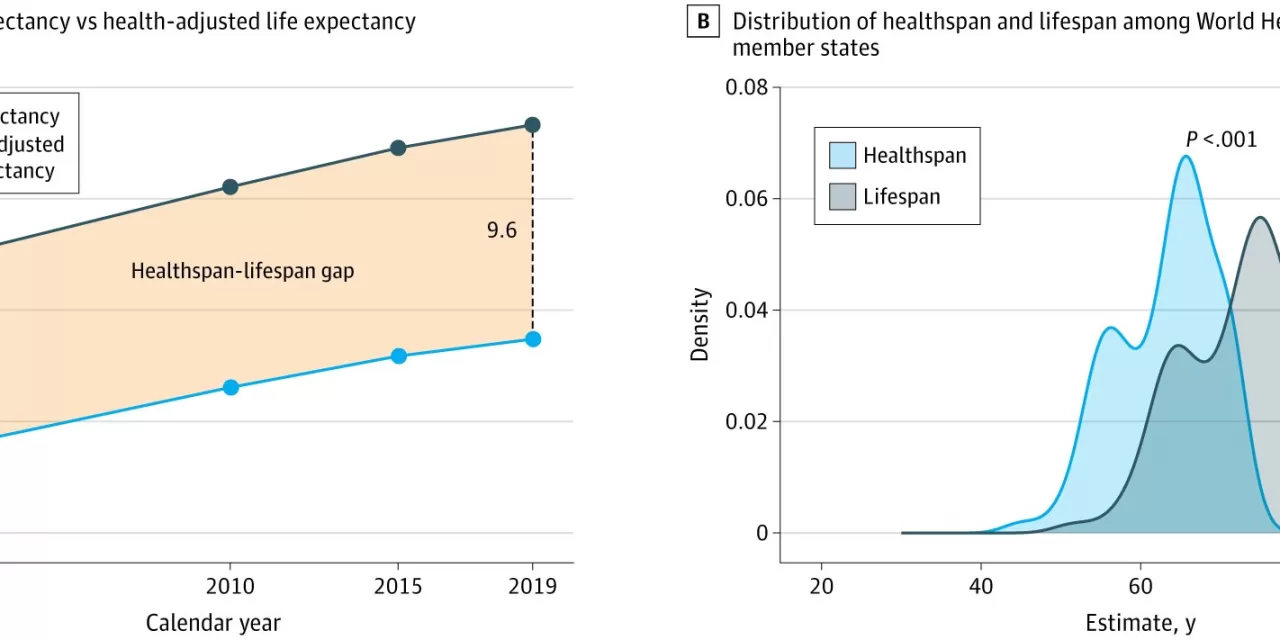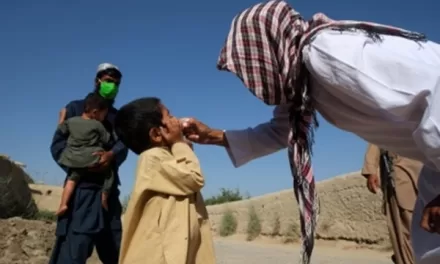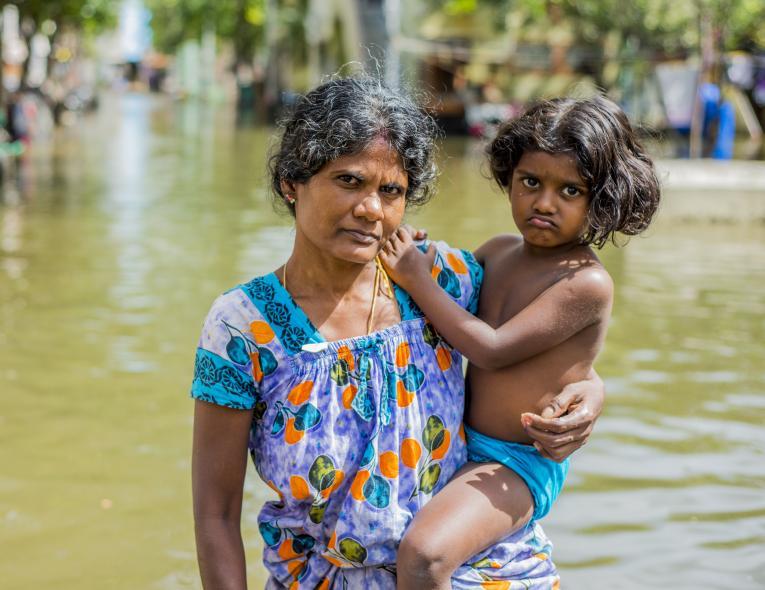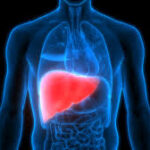People around the world are living longer—but not necessarily healthier—lives, according to new research from the Mayo Clinic. A study of 183 World Health Organization (WHO) member countries has found that additional years of life are increasingly burdened with disease. The research, led by Andre Terzic, M.D., Ph.D., and Armin Garmany, M.D./Ph.D. student, documents a widening gap between lifespan and healthspan. Their findings are published in JAMA Network Open.
“The data show that gains in longevity are not matched with equivalent advances in healthy longevity. Growing older often means more years of life burdened with disease,” says Dr. Terzic, senior author and Marriott Family Director of Comprehensive Cardiac Regenerative Medicine at Mayo Clinic. “This research has important practice and policy implications by bringing attention to a growing threat to the quality of longevity and the need to close the healthspan-lifespan gap.”
From 2000 to 2019, life expectancy increased from 79.2 to 80.7 years in women and from 74.1 to 76.3 years in men, according to WHO estimates. Healthspan, which describes the number of years lived in good health, did not see a corresponding increase. The average global gap between lifespan and healthspan was 9.6 years in 2019, representing a 13% increase since 2000.
The U.S. recorded the world’s highest average lifespan-healthspan divide, with Americans living an average of 12.4 years with disability and sickness. This increase from 10.9 years in 2000 coincides with the U.S. reporting the highest burden of chronic diseases, particularly mental health issues, substance use disorders, and musculoskeletal conditions.
The study also uncovered a 25% gender disparity worldwide, with women experiencing a 2.4-year larger gap in lifespan versus healthspan than men. Neurological, musculoskeletal, urinary, and genital tract disorders contributed to extended years of poor health among women.
“The widening healthspan-lifespan gap globally points to the need for an accelerated pivot to proactive wellness-centric care systems,” says Garmany. “Identifying contributors to the gap unique to each geography can help inform healthcare interventions specific to each country and region.”
The Mayo Clinic research team utilized statistics from the WHO Global Health Observatory for this cross-sectional study, which provided data on life expectancy, health-adjusted life expectancy, years lived with disease, and years of life lost among member states. The healthspan-lifespan gap for each member state was calculated by subtracting health-adjusted life expectancy from life expectancy.
For more information, see the original study: Armin Garmany et al., Global Healthspan-Lifespan Gaps Among 183 World Health Organization Member States, JAMA Network Open (2024). DOI: 10.1001/jamanetworkopen.2024.50241.
Journal information: JAMA Network Open.











